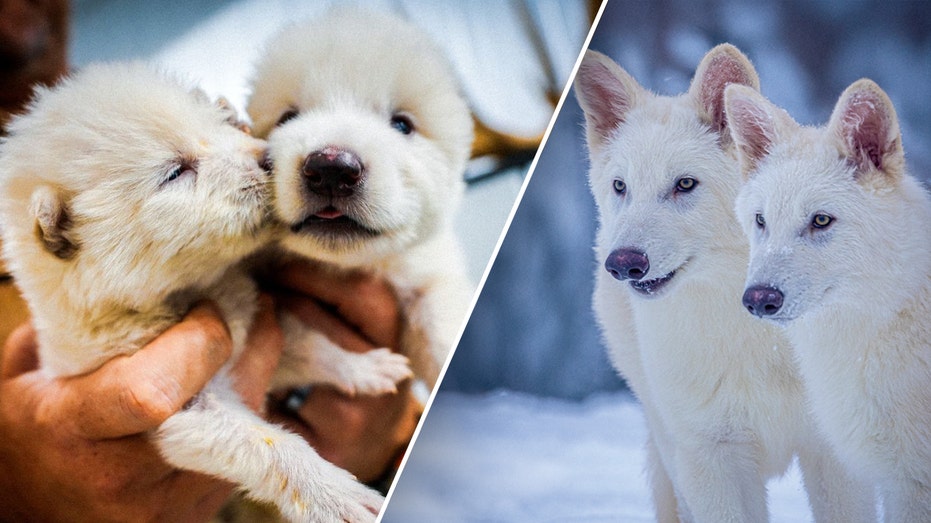Revolutionary Breakthrough: Scientist Claims to Recreate Extinct 12,500-Year-Old Dire Wolves

Introduction: A New Chapter in Conservation and Genetic Engineering
A pioneering biotech company based in Dallas, Colossal Biosciences, has announced a groundbreaking achievement: the purported resurrection of dire wolves, creatures that last roamed the Earth over 12,500 years ago. These formidable predators gained worldwide fame through their appearance in the popular HBO series “Game of Thrones,” where they were depicted as larger, smarter, and fiercely loyal to their human companions. This development marks a significant milestone in de-extinction science, blending advanced genome editing with cloning technologies.
The Science Behind the Revival of Extinct Beasts
Colossal Biosciences claims to have successfully brought back three dire wolves by employing cutting-edge genetic modification techniques. The process involved extracting ancient DNA from fossilized remains and editing the genomes of living gray wolves to resemble their extinct ancestors. Specifically, scientists used CRISPR technology—short for “clustered regularly interspaced short palindromic repeats”—to make precise changes at 20 genetic sites. These modifications aimed to restore traits such as larger body size, thicker light-colored fur, and adaptations suited for cold climates, which were characteristic of dire wolves during the Ice Age.
Fossil Evidence and Genetic Reconstruction
The ancient DNA used in this project was obtained from two fossils: a 13,000-year-old tooth from Ohio’s Sheridan Pit and a 72,000-year-old inner ear bone from Idaho’s American Falls. These samples served as genetic blueprints for the project. The extracted genetic material was introduced into domestic dog eggs, which were then implanted into surrogate mothers—also dogs. After a gestation period of approximately 62 days, the resulting pups were born with genetic traits modified to resemble those of dire wolves.
Details of the Cloning Process and Initial Results
The first litter includes two adolescent male pups named Romulus and Remus, and a female puppy named Khaleesi. The process involved transferring the edited embryos into surrogate dogs, resulting in the birth of genetically engineered animals. According to Colossal’s CEO, Ben Lamm, this achievement represents a major milestone, demonstrating that their comprehensive de-extinction technology works effectively. He emphasized that this breakthrough could pave the way for future conservation projects and even the reintegration of extinct species into their natural habitats.
Controversy and Scientific Opinions
Despite the excitement surrounding this accomplishment, some experts remain skeptical. Dr. Corey Bradshaw, a professor of global ecology at Flinders University in Australia, argued that these animals are more accurately described as genetically modified wolves rather than true re-creations of dire wolves. He explained that while the genetic modifications were based on ancient DNA, the resulting animals are not fully authentic dire wolves but rather slightly altered versions of modern gray wolves.
Conservation and Ethical Considerations
Currently, the genetically modified wolves are thriving in a secured 2,000-acre ecological reserve in Texas, which is certified by the American Humane Society and registered with the USDA. Colossal Biosciences envisions expanding this effort, aiming to restore the species in protected environments, potentially on indigenous lands, to support ecological balance. The company also announced successful cloning of critically endangered red wolves, further showcasing the potential of de-extinction technologies for conservation purposes.
Broader Impacts and Future Prospects
Ben Lamm highlighted the broader implications of their work, expressing optimism that de-extinction could become a vital tool in biodiversity preservation. The company has previously announced similar initiatives involving species like woolly mammoths and dodos, aiming to reverse some of the devastating effects of human activity on global ecosystems. However, experts caution that technological limitations and ethical debates continue to surround the revival of extinct species, emphasizing the need for careful consideration as this field advances.


